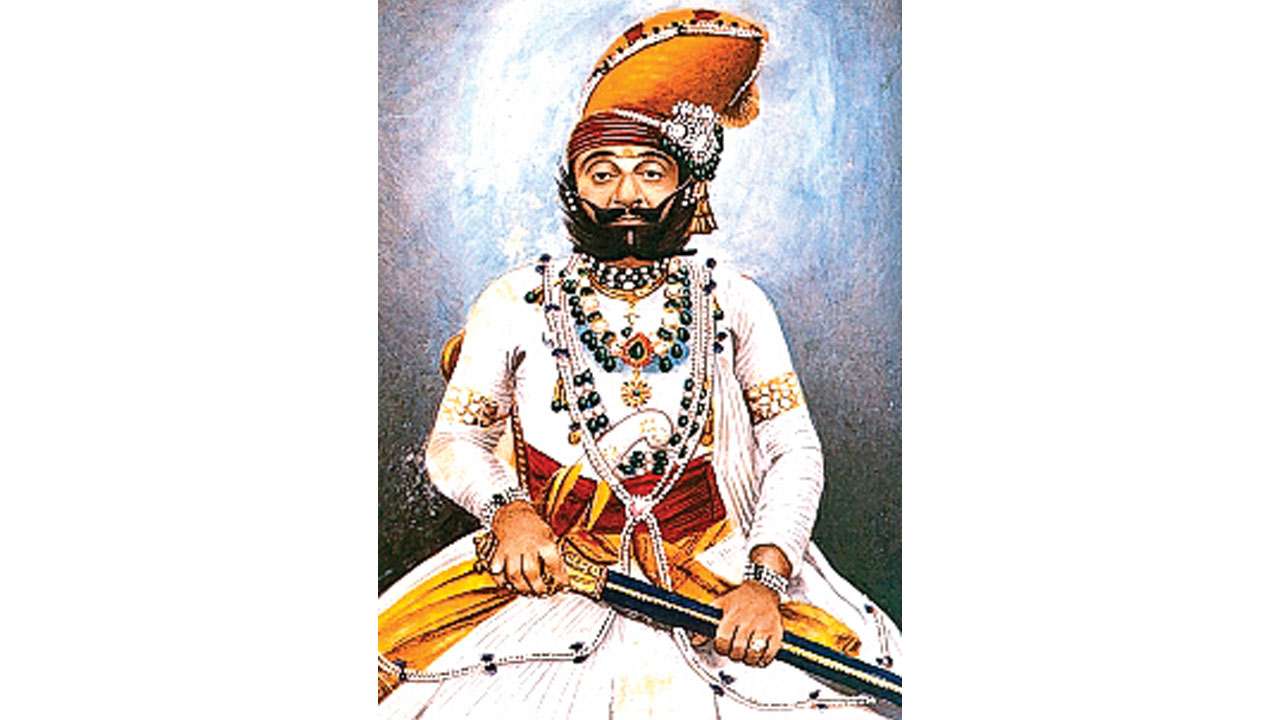
The Inter-University Centre for Astronomy and Astrophysics or IUCAA has put Pune on the astronomy map of the country for over 30 years. The radio telescope at Narayangaon (GMRT) is another feather in the astronomy cap. But, while these are well-known recent modern day developments, what is not generally known is that the city’s oldest astronomical observatories were built over 130 years ago! The Maharaja Takhta Singh Observatory, for instance, was launched in 1888.
As early as 1842, one SW Jacobs had begun doing astronomical observations of his own in Pune. This was not a proper observatory though, more of a personal pursuit with a telescope that lasted till about 1848. After this, he went away to Madras and consequently returned to England. Yet, the location of Pune as a good high altitude site for astronomy was not lost on him. He made several petitions to have some money released for establishing an observatory. The powers obliged him with a thousand pounds — a large sum in those days. Jacobs used this money to purchase equipment and telescopes in England and set sail for India. But, as luck would have it, Jacobs died merely a week after returning to India and his dream of establishing an astronomy observatory in Pune remained unfulfilled.
Years later, a professor of astrophysics named Kawasji Dadabhai Naegamwala once again set the wheels in motion towards an astronomy observatory in Pune.
A student of the prestigious Elphinstone College in Mumbai, he graduated in the late 19th century with a Masters in both chemistry and physics. He then took up a job at the same college. While he was there, Maharaja Takhta Singh, the ruler of the Princely State of Bhavnagar, paid the college a visit. He blessed Naegamwala’s project with a generous grant of Rs 5,000 and the government matched it with an equal amount. Naegamwala left Elphinstone College and took up a job as an astrophysics professor at the 25-year-old Poona College of Science, (now College of Engineering, Pune). It is here that his astronomy observatory blossomed. Armed with the generous donation by Maharaja Takhta Singh as well as crowdfunding from other sources, which included the great Jamshedji Tata contributing Rs 250, Naegamwala went to England to purchase his telescopes.
The observatory made notable contributions in studying the total solar eclipse of 1898, a detailed report of which, replete with data and photographs is readily available. Talking about photographs, the camera used by Naegamwala was a 10-foot-tall structure, requiring several men to handle it. Kawasji Dadabhai Naegamwala was one of the first astrophysicists of the country in the modern sense of the term.
It is difficult to imagine today, an observatory functioning from Pune’s COEP College, given its urban location. But back in the 1890s, vehicular pollution and light pollution — the two main enemies of anyone looking at the night time skies — simply did not exist! The observatory started off with a 16-inch telescope, later upgraded to 20-inch-long equipment. This telescope remained the biggest in the country for the next half century, at least! While the observatory ran efficiently for some time, Prof Naegamwala stopped publishing any new papers from 1902 and the observatory was utilised far below its potential. A probable reason could be Naegamwala’s disappointment at not getting to head the newly established Solar Physics Observatory at Kodaikanal. A detailed study of the total solar eclipse of 1898 with photographs and data remained one of the achievements of the observatory.
With the retirement of Kawasji Dadabhai Naegamwala in 1912, the Government of India ordered the Maharaja Takhta Singh Observatory to wind up its operations. The short life of this observatory, sadly, came to an end. It had some of the best facilities in the country and was ideally located, but the entire observatory hinged around one man — Naegamwala himself. Much like how Jacob’s Poona observatory had shut down years earlier, the one-man show proved to be the undoing of the Maharaja Takhta Singh observatory also. However, while the observatory shut down, its principal telescope lived on and charted a life of its own.
The main telescope of the observatory and other instruments were shipped off to Kodaikanal, for installing in a new observatory there, but it did not come out of the packaging box till 1951! Around 1980, the telescope was shipped to Kovalur. It was by now nearly a 100 years old, but still in use! In light of this (pun unintended), it is perhaps fitting that IUCAA was set up in Pune. Also appropriate that the country’s oldest amateur astronomy club — Jyotirvidya Parisanstha — was established in this city in 1944, almost a 100 years after Lt Col SW Jacob’s abortive attempt at an astronomy observatory.
Writer is author of Brahmaputra — Story of Lachit Borphukan